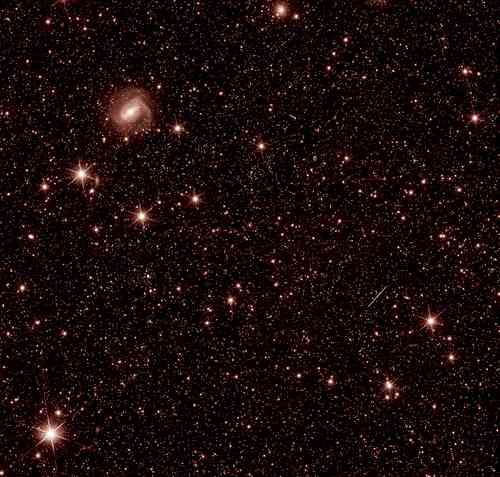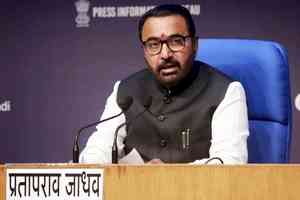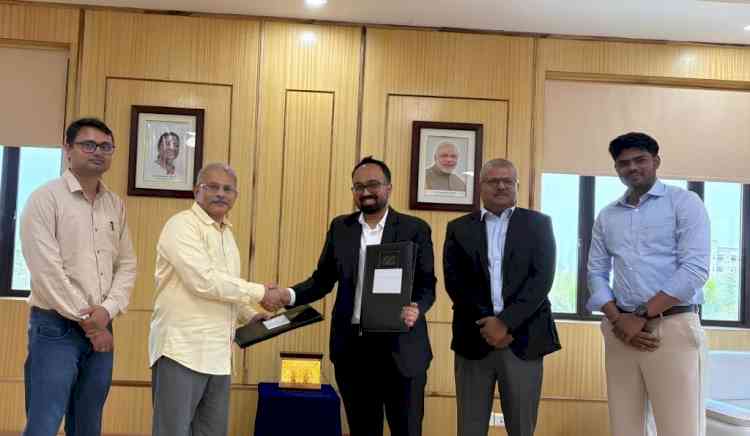ESA’s Euclid telescope sends back 1st colour images from 'dark Universe'
European Space Agency's (ESA) dark universe probing Euclid mission has beamed back the first full-colour images of the cosmos.

Paris, Nov 8 (IANS) European Space Agency's (ESA) dark universe probing Euclid mission has beamed back the first full-colour images of the cosmos.
The first five science images released on Tuesday include views of a large cluster of thousands of distant galaxies, close-ups of two nearby galaxies, a gravitationally bound group of stars called a globular cluster, and a nebula (a cloud of gas and dust in space where stars form) -- all depicted in vibrant colours.
The images show the entirety of these celestial objects, while remaining extremely sharp, even when zooming in on distant galaxies.
“Dark matter pulls galaxies together and causes them to spin more rapidly than visible matter alone can account for; dark energy is driving the accelerated expansion of the Universe. Euclid will for the first-time allow cosmologists to study these competing dark mysteries together,” explains ESA Director of Science, Professor Carole Mundell.
“Euclid will make a leap in our understanding of the cosmos as a whole, and these exquisite Euclid images show that the mission is ready to help answer one of the greatest mysteries of modern physics,” Mundell added.
The new images include 1000 galaxies belonging to the Perseus Cluster, and more than 100,000 additional galaxies further away in the background.
Perseus is one of the most massive structures known in the Universe, located ‘just’ 240 million light-years away from Earth.
“This is the first time that such a large image has allowed us to capture so many Perseus galaxies in such a high level of detail,” the ESA said in a statement.
One of the first galaxies that Euclid observed is nicknamed the ‘Hidden Galaxy’ -- also known as IC 342 or Caldwell 5. With its infrared view, Euclid has already uncovered crucial information about the stars in this galaxy, which is a look-alike of our Milky Way.
The telescope also captured its first irregular dwarf galaxy called NGC 6822, located just 1.6 million light-years from Earth.
NGC 6397, the second-closest globular cluster to Earth, located about 7800 light-years away was also imaged in detail by Euclid. Globular clusters are collections of hundreds of thousands of stars held together by gravity.
“Currently no other telescope than Euclid can observe an entire globular cluster in one single observation, and at the same time distinguish so many stars in the cluster. These faint stars tell us about the history of the Milky Way and where dark matter is located,” the ESA said.
The telescope also snapped a spectacularly panoramic and detailed view of the Horsehead Nebula, also known as Barnard 33 and part of the constellation Orion.
In Euclid’s new observation of this stellar nursery, scientists hope to find many dim and previously unseen Jupiter-mass planets in their celestial infancy, as well as young brown dwarfs and baby stars.
Euclid launched on July 1 from Cape Canaveral, Florida, then travelled nearly 1 million miles to its vantage point.
During its planned six-year mission, Euclid will produce the most extensive 3D map of the universe yet, covering nearly one-third of the sky and containing billions of galaxies up to 10 billion light-years away from Earth.


 IANS
IANS 










